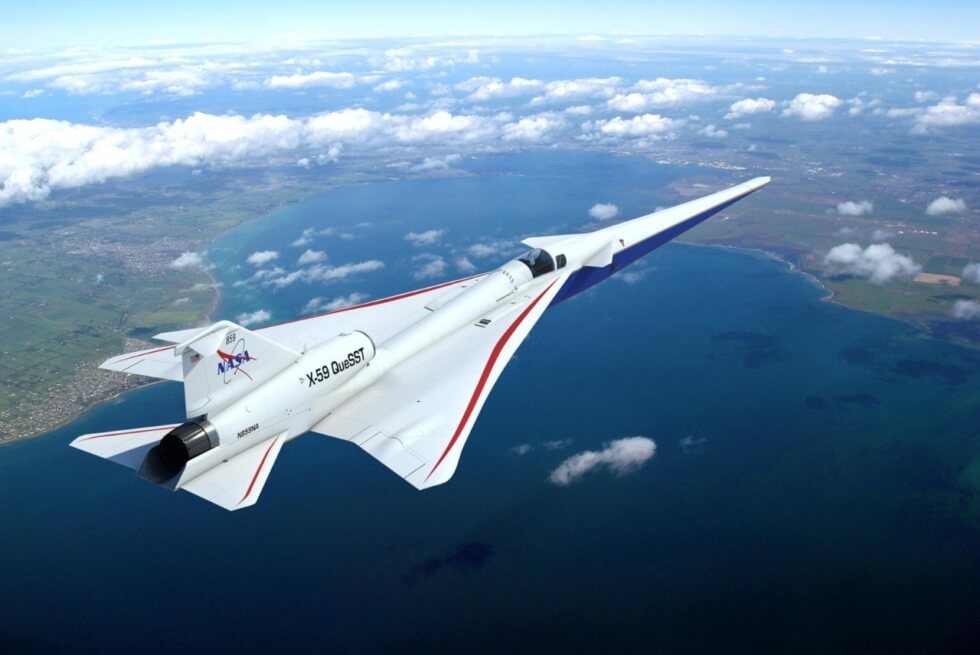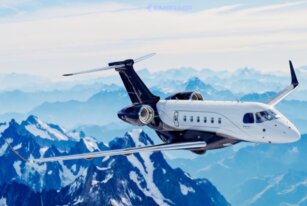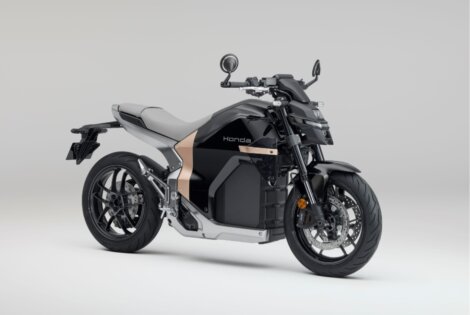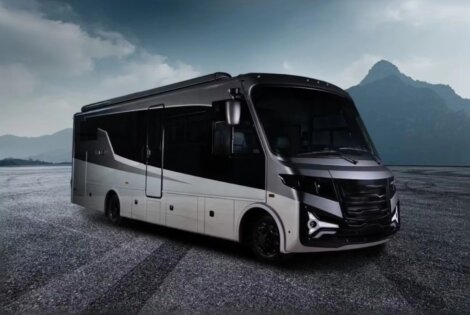Commercial air travel is back in full swing as people make up for the times spent indoors amid the pandemic. These days, there is purportedly a surging demand for an aircraft that can render long-haul flights a thing of the past. Although aerospace companies are actively developing in-house platforms, NASA is hoping to revolutionize supersonic flight with the X-59 QueSST.
These days, there is sadly no means to charter an aircraft that can break the sound barrier. The first and only airliner that was previously in service was the Concorde. Jointly operated by British Airways and Air France back in the day, it was eventually retired due to rising maintenance cost and poor ticket sales.
A byproduct of hitting speeds beyond Mach 1 is a sonic boom, which can usually reach 110 decibels. NASA understands that the noise produced is close to that of an explosion or thunder, which is why the X-59 QueSST is such an interesting development for aviation in general. The letters in its name stand for “Quiet SuperSonic Technology.”
Currently, the team confirms it still needs to perform ground tests and other diagnostics to ensure overall safety. It took them more than two years to come up with the X-59 QueSST and its ability to reduce noise when it attains speeds of more than 750 mph.
To achieve this, the aircraft sports an aggressively streamlined design. It measures close to 100 feet from nose to tail and touts a wingspan of 29.50 feet. NASA hints that the X-59 QueSST can cruise as high as 55,000 feet and up to a speed of Mach 1.4 (925 mph). We can only hope there are no hitches along the way.
Learn More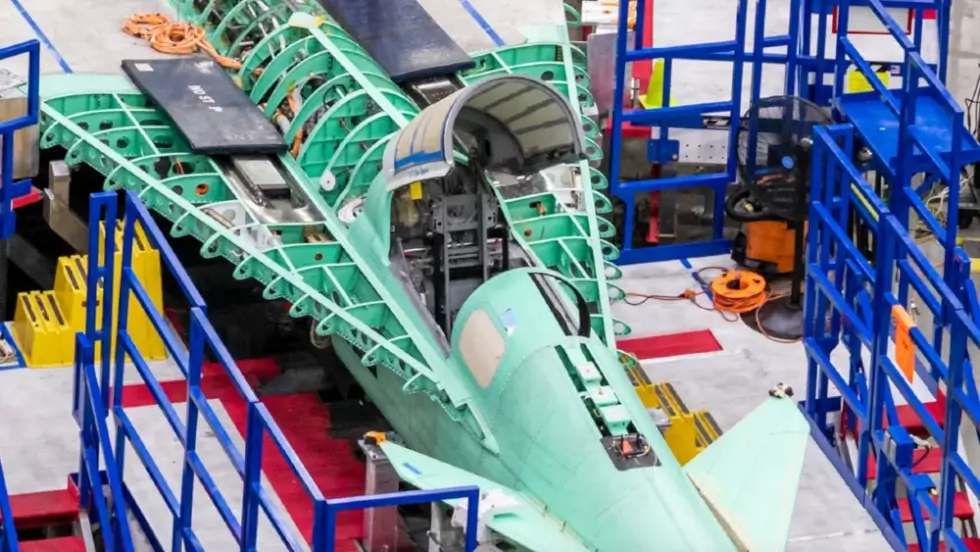
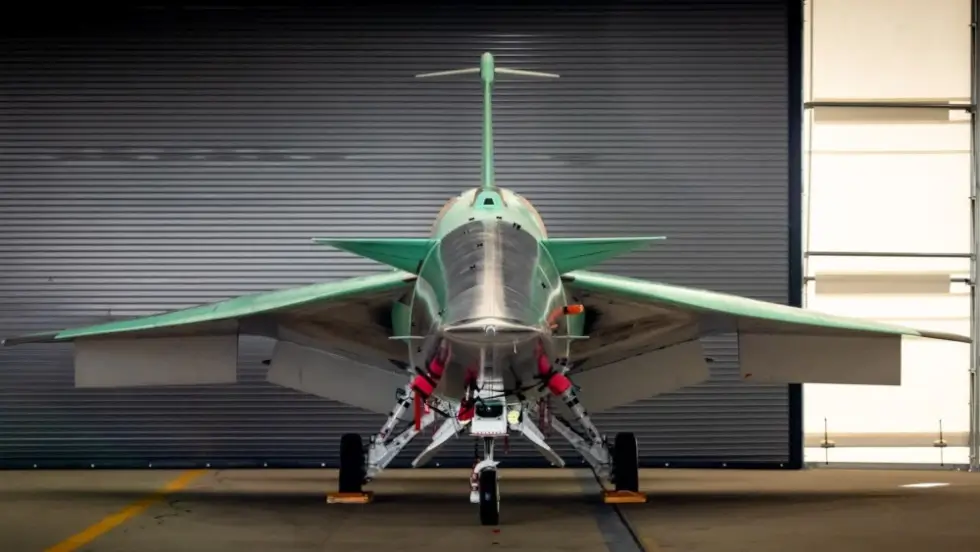
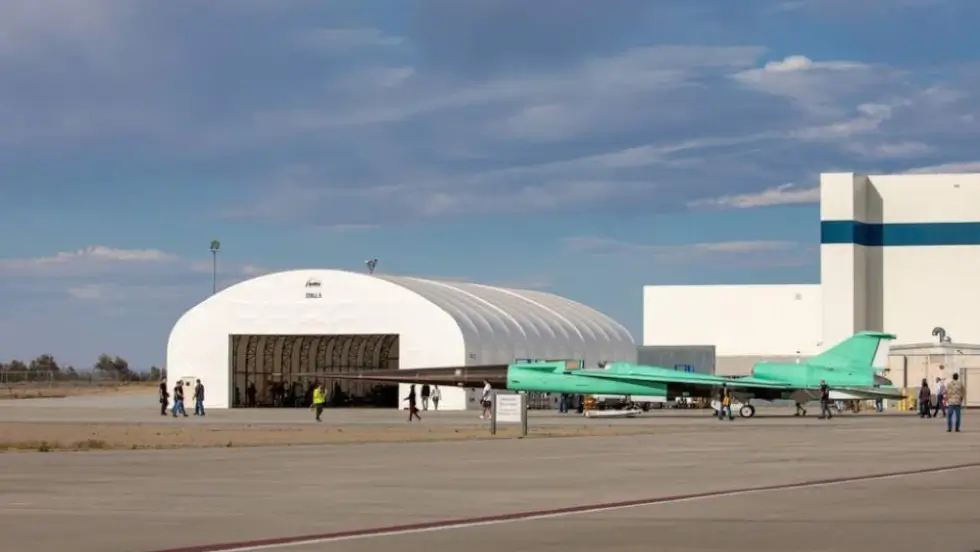
Images courtesy of NASA

